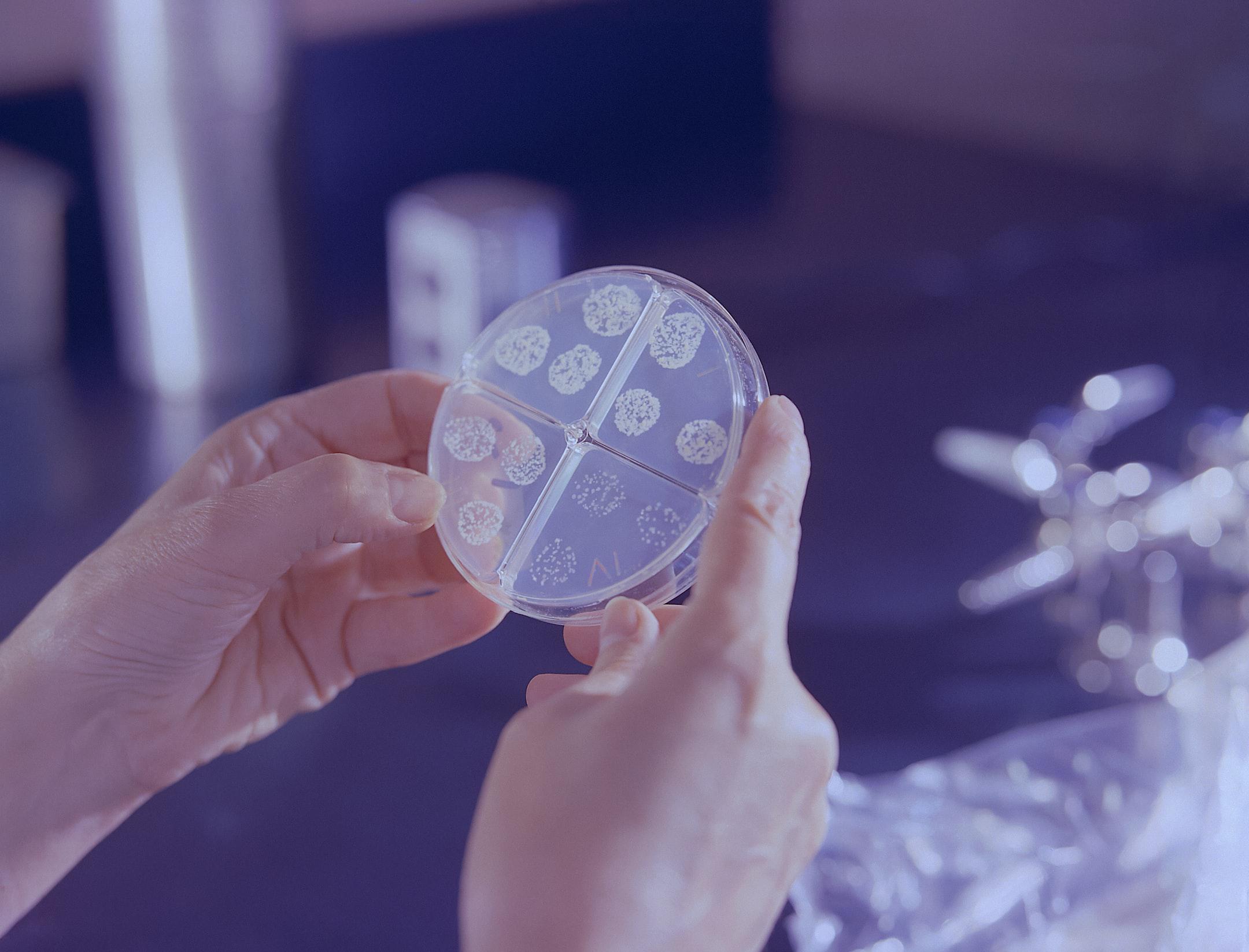
To err is human…
We have heard that over and over during our lives. But what happens when someone’s life depends on there not being an error? Do we have the luxury of being “human?”
Laboratory testing is an exacting science. People’s lives often do depend on the outcome. But since we are all human, and inevitably will make a mistake, how do we protect the patient?
When I train new employees or new graduates, I give them this simple advice. Since no person can be perfect, the process needs to have checks and balances in place, to ensure that the end product is perfect. If an individual makes a mistake, but the check and balance in places catches it, then there is no harm. But if an individual makes a mistake, and bypasses the check and balance, the mistake is often reported out. I have no problem with employees making mistakes as they learn, or even on rare instances once they are trained. But I have very low tolerance for errors that get out because a check or balance has been missed, skipped or bypassed.
The regulations about errors in reported test results are clearly defined in the Code of Federal Regulations.
493.1291 Standard: Test report.
(k) When errors in the reported patient test results are detected, the laboratory must do the following:
(1) Promptly notify the authorized person ordering the test and, if applicable, the individual using the test results of reporting errors.
(2) Issue corrected reports promptly to the authorized person ordering the test and, if applicable, the individual using the test results.
(3) Maintain duplicates of the original report, as well as the corrected report.
This is simple, and as a 30+ year laboratorian, I admit to having seen quite a few of these over my career. But electronic laboratory reporting and auto verification has made this more difficult.
The standard references “reported patient test results.” In the era of printed lab reports, it was easy to know if a test result had been reported. When an error was detected, the tech who uncovered the error crossed their fingers and hoped the error had not been reported out. If it wasn’t reported out, there was still time to make the correction without having to issue a corrected report.
Now, some physicians and clinicians have electronic access to laboratory results before they are released on a final report. Interfaces to electronic medical records often offer access to test results as each test is finalized rather than when the entire accession is finalized. Many doctors’ offices have direct access to reference laboratory results via a “portal.” Even patients have access to laboratory reports via apps such as the Healow App (Health and Wellness Online) and MyQuest Mobile App by Quest Diagnostics.
Many labs have adopted a protocol for auto verification, a process of using computer-based rules to verify clinical laboratory test results without manual intervention. Auto verification can be developed from rudimentary rules in the laboratory information system (LIS) to extensive and sophisticated rules mostly in middleware software. The rules will incorporate decisions based on instrument error flags, interference indices, analytical measurement ranges (AMRs), delta checks, etc. If the rules developed are tested strenuously, their use can improve productivity and allow medical technologists to focus on a smaller number of tests which require a higher level of decision making.
Auto verification, is an electronic check and balance system employed to help eliminate errors in laboratory resulting. But if the rules are not well developed, are not tested thoroughly before implementation, and are not validated periodically and with all changes in the LIS, auto verification can cause more errors.
As laboratories are challenged to do more work with fewer resources, the use of auto verification will continue to increase. As physicians are challenged to provide faster patient care, or risk losing patients to urgent care centers, use of electronic reporting options including preliminary test resulting will continue to increase. And as patients become savvy about their own health, they will use patient portals to view results as soon as they are available.
The likelihood of results with errors being corrected before they are reported will continue to diminish. But we cannot allow the number of corrected reports to increase in response. Using all manual and automated methods possible, we need to be sure that our end product is a close to error free as possible.
How will you know if you are succeeding? Every good Quality Assurance plan should include a tracking of corrected reports issued by your laboratory. With close monitoring, you can assure that the results your laboratory reports are free from errors. And when an error does sneak through, you know how to correct it.